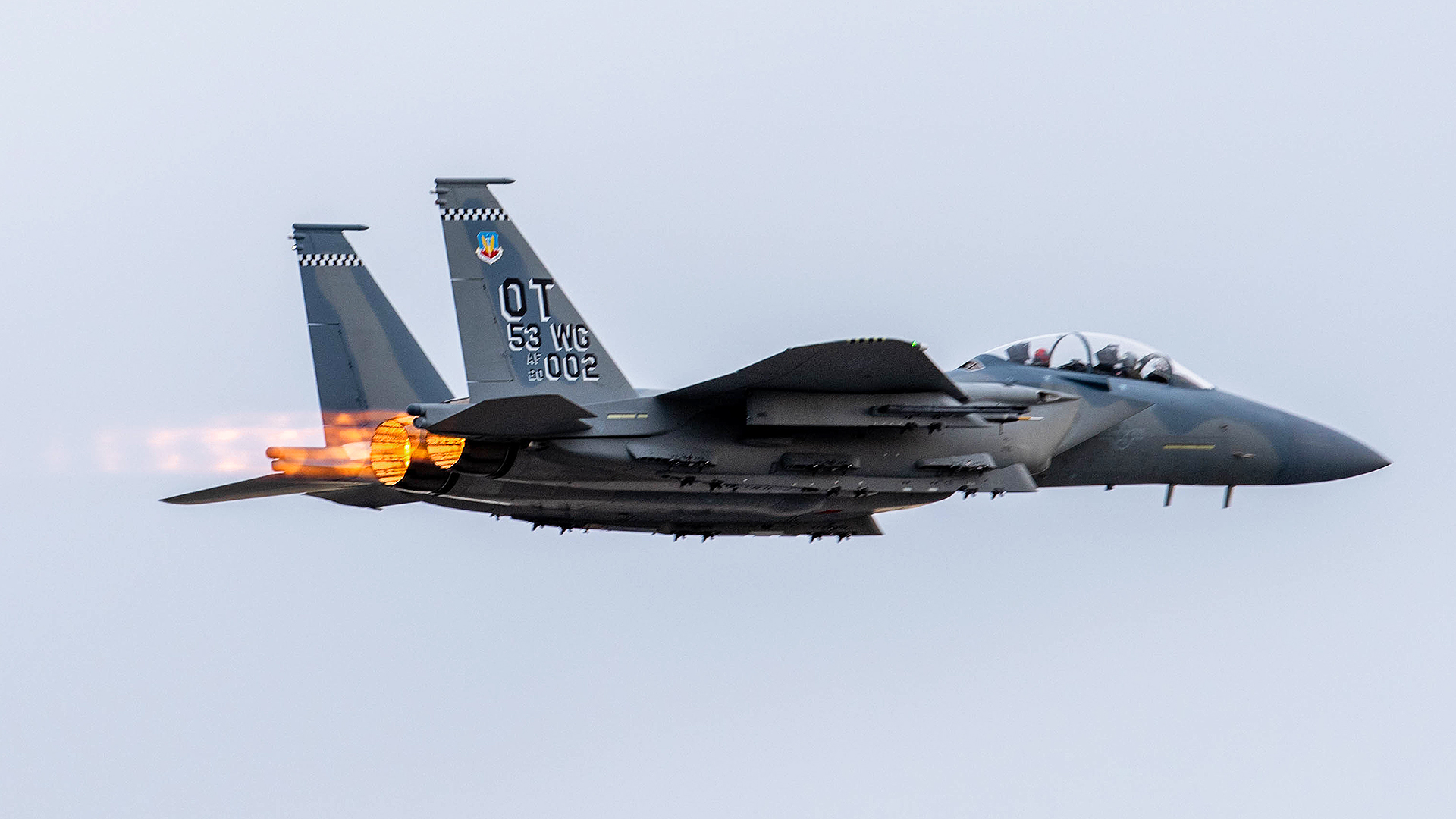A story published during the Singapore Airshow last week gained much attention, specifically the claim that the F-15EX Eagle II — the U.S. Air Force’s newest F-15 incarnation — can reach a speed of “nearly Mach 3.” If that sounded too good to be true, that’s because it was. But there’s no doubt that the Eagle II can hit a very impressive speed. The War Zone spoke to Boeing — and three different Eagle drivers — to find out more.
The original claim in the Aviation Week article last week quoted Boeing’s Rob Novotny, a former Air Force F-15 test pilot and now the executive director of F-15 Business Development. The assumption was that an F-15EX in ‘clean’ configuration — without any external pylons, munitions, or sensors — has a not-to-exceed speed of around Mach 2.9, equivalent to 2,225 mph at sea level.
This is approaching SR-71 Blackbird territory.
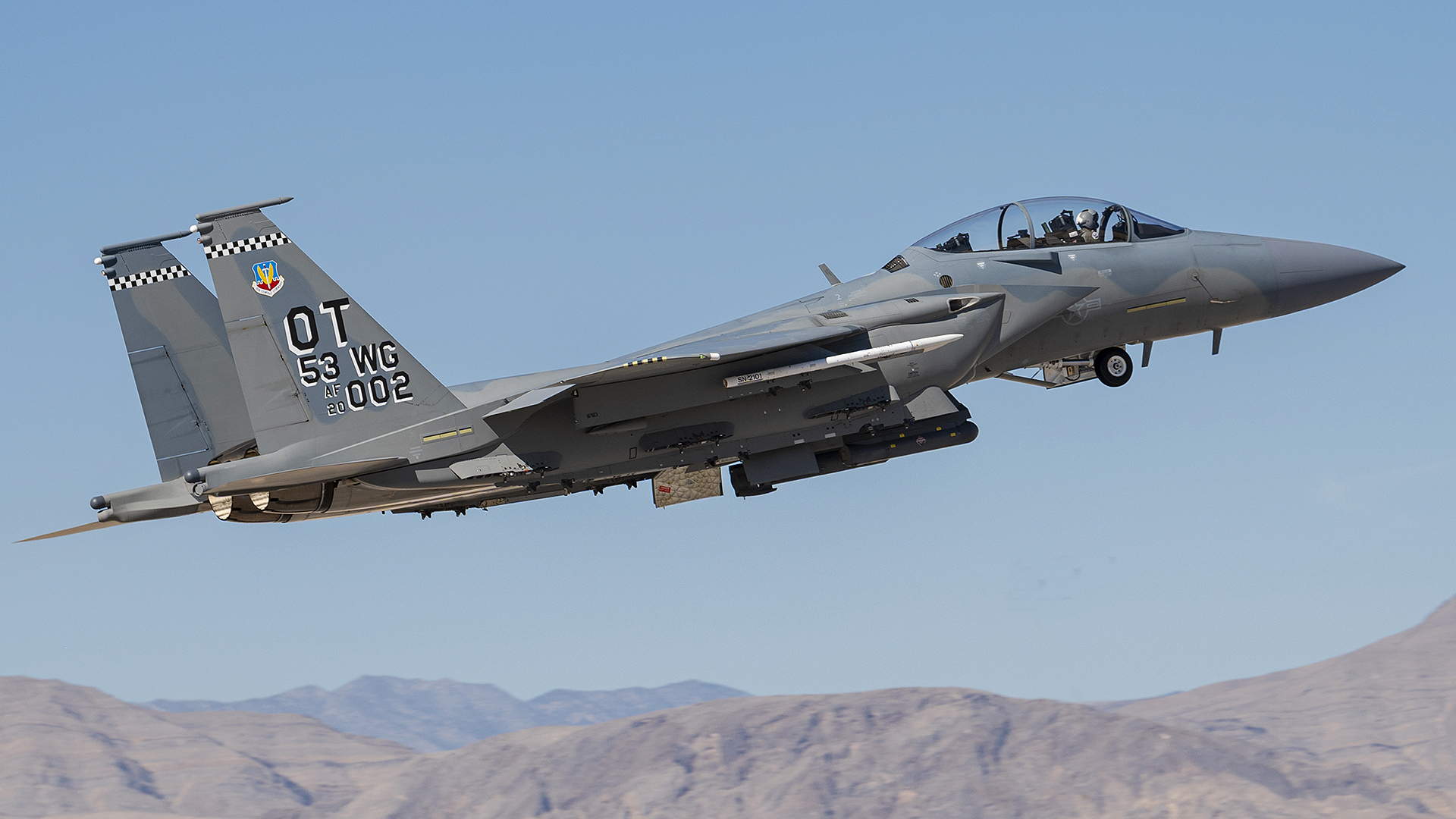
There was apparently no claim made that any F-15EX had actually achieved this speed in the course of the type’s flight-test campaign. That’s beside the point, however, since Boeing subsequently explained to us that there had been a misunderstanding in regards to the Eagle II’s top speed, the result of an “extensive back-and-forth conversation” during the press briefing.
With that in mind, The War Zone asked a Boeing spokesperson how fast the F-15EX has actually flown. Their answer was still noteworthy: “The top speed we’ve seen is 2.497 Mach. Clean configuration.”
That’s not to say that the F-15EX couldn’t potentially go beyond that figure, on the power of its twin General Electric F110-GE-129 engines, each of which develops 29,500 pounds of thrust while in full afterburner.

For the frontline pilots who will fly the F-15EX in service, however, speeds of close to Mach 2.5 are unlikely to be experienced. After all, this performance is achieved with no pylons or stores of any kind and without its conformal fuel tanks. In this kind of ‘airshow configuration,’ we’ve already seen just how the power of the latest models of the F-15 translates into blistering performance. These tests also occur under ideal conditions in very specific parameters to reach the peak of the aircraft’s projected envelope.
One of the most puzzling aspects of the original comment by the F-15 program manager was the thermal stresses that occur at high speeds, especially above Mach 2. How could an F-15, which was never designed to reach that speed let alone sustain its original top speed of around Mach 2.5, survive at such velocities? It’s not at all unique that an aircraft is limited by thermal loads caused by friction of air on the airframe and engines more so than aerodynamics or thrust.
A Qatari F-15QA — which served as the basis for the F-15EX — performs an airshow display routine:

As to the question of how fast operational F-15s regularly fly, The War Zone spoke to one experienced former Air Force F-15E pilot, who flew Strike Eagles powered by both the Pratt & Whitney F100-PW-220, each of which produces roughly 23,500 pounds of thrust, as well as the more powerful F100-PW-229s, rated at approximately 29,000 pounds of thrust each.
“Things started to melt around Mach 2 in the aircraft I flew,” the Strike Eagle pilot recounted. “The airframe and powerplant are more than capable [of reaching Mach 2.5-plus]. Paint and antennas, etc. are another story.”
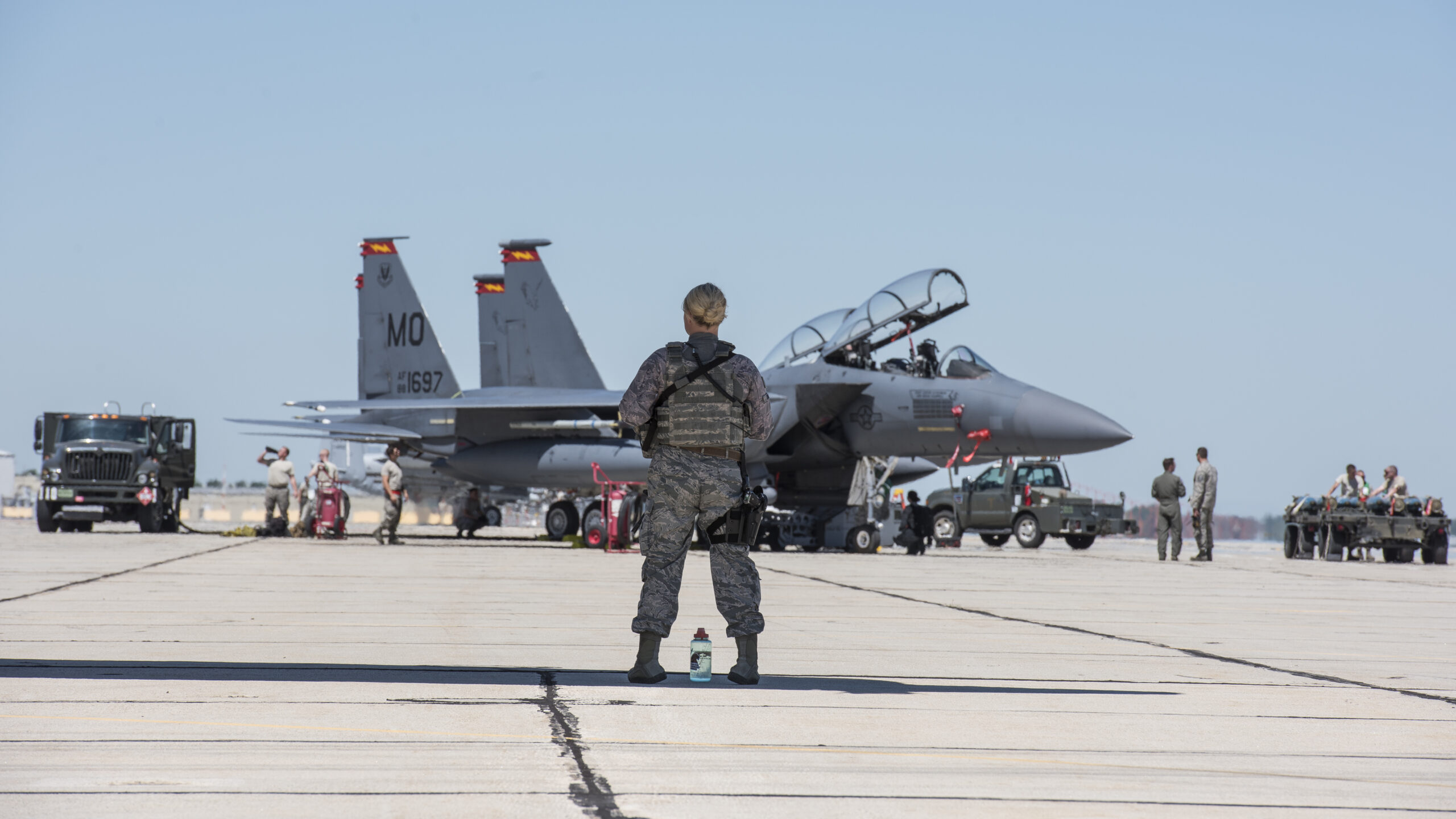
Meanwhile, Paul Woodford, a former F-15C pilot, flew the jet in the 1980s, also powered by Pratt & Whitney F100s.
Among his duties was performing functional check flights out of the airbases of Soesterberg in the Netherlands and Elmendorf in Alaska, with a flight profile that included a high-speed test run.
He recalled: “The fastest I ever got a C-model (totally clean, no pylons even) was [Mach] 2.21. It might have accelerated a bit more, but I hit bingo [fuel] and had to pull the throttles back. I would think the EX, with additional thrust from better engines, might be a little faster, but then again it’s got the same airframe, along with the bulgier two-seater canopy.”
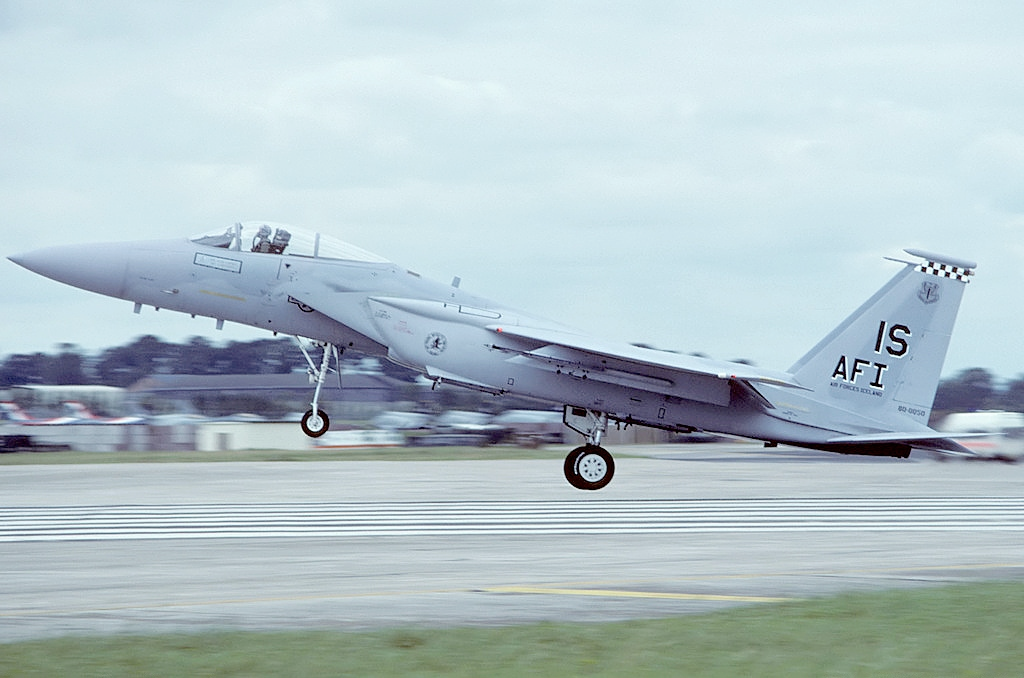
Woodford explained that the Air Force also removed the distinctive ‘turkey feather’ exhaust petals from all its air defense Eagles and detuned the engines to reduce wear. “I don’t doubt that’ll be the fate of the EX as well, with some reduction in top speed,” he added.
“I doubt very much if anyone will ever see more than Mach 2.2 or so out of an EX,” Woodford added. “And then for only a few seconds because they’ll be out of gas.”
The War Zone also spoke to another former Air Force F-15C pilot who took one of the jets even faster, reaching Mach 2.25 at altitude (down low, the same pilot achieved a speed of 780 KIAS at less than 500 feet, arguably even more impressive).
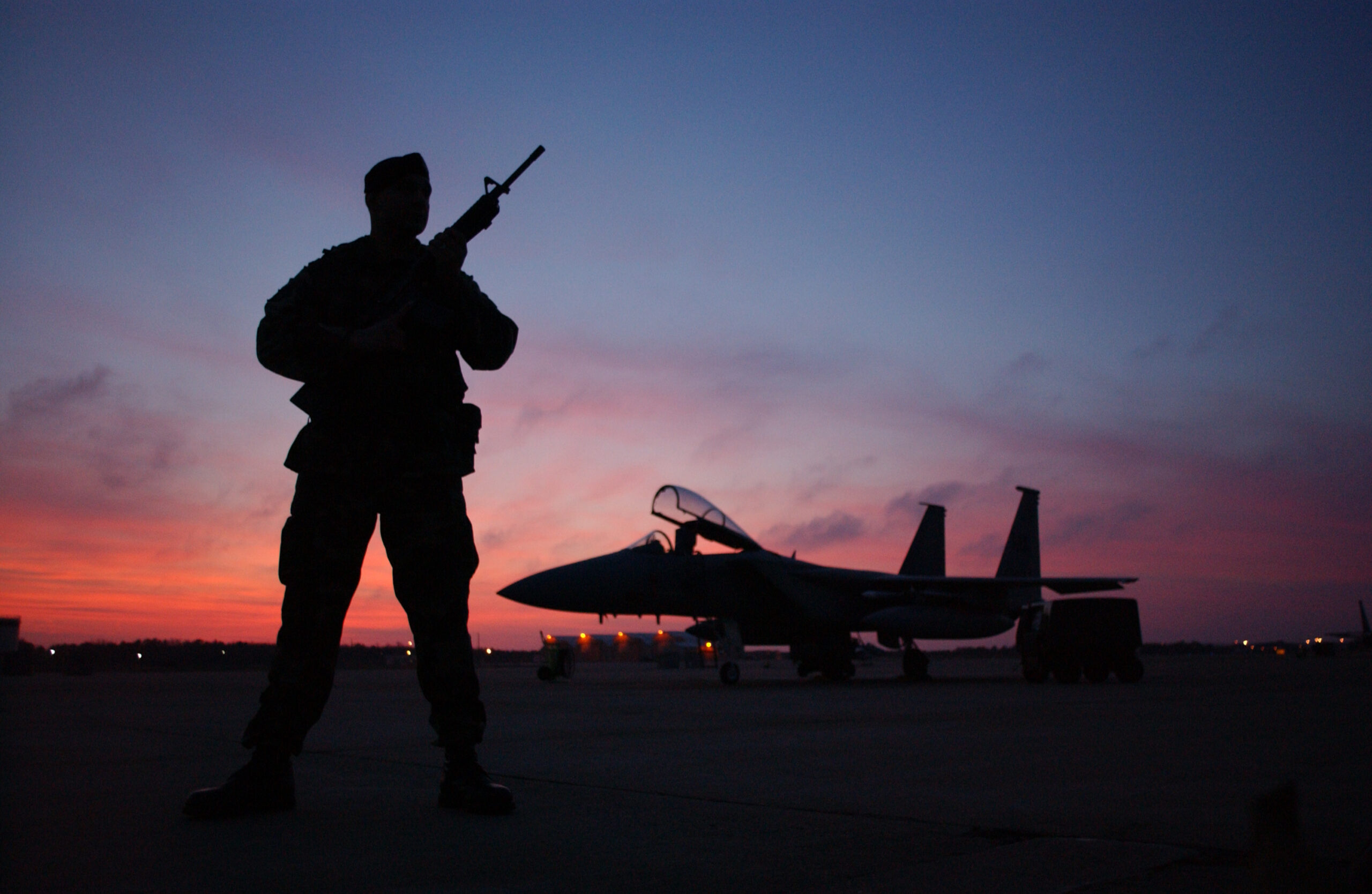
As to the prospects of the F-15EX doing the same in regular service, the same pilot added: “I am more than sure it has the thrust, it has a lot, but the problem is with heating and intakes. The C-model, which was comparatively light, had to use the Vmax switch to achieve Mach 2.5 in testing. Operational jets rarely could top Mach 2.3.”
That Vmax switch — located below the left canopy sill — is another interesting aspect of the legacy F-15’s performance parameters. The Vmax switch can be engaged at an airspeed over Mach 1.1, boosting engine and afterburner fuel flow by around four percent and increasing thrust also by a similar factor. The Vmax mode could only be engaged for a maximum of six minutes and had to be followed by a thorough engine inspection.
Woodford explains: “They all had a Vmax switch, heavily safety wired, but Dash-1 prohibited its use. I never heard of anyone using it. Maybe the Streak Eagle during record runs?”
The Streak Eagle was a fully stripped-down F-15A, specially prepared for a series of time-to-climb records in 1975. Based on available data, it seems to have achieved a peak speed of Mach 2.25, although its flights were all about the rate of climb, rather than absolute straight-line speed.
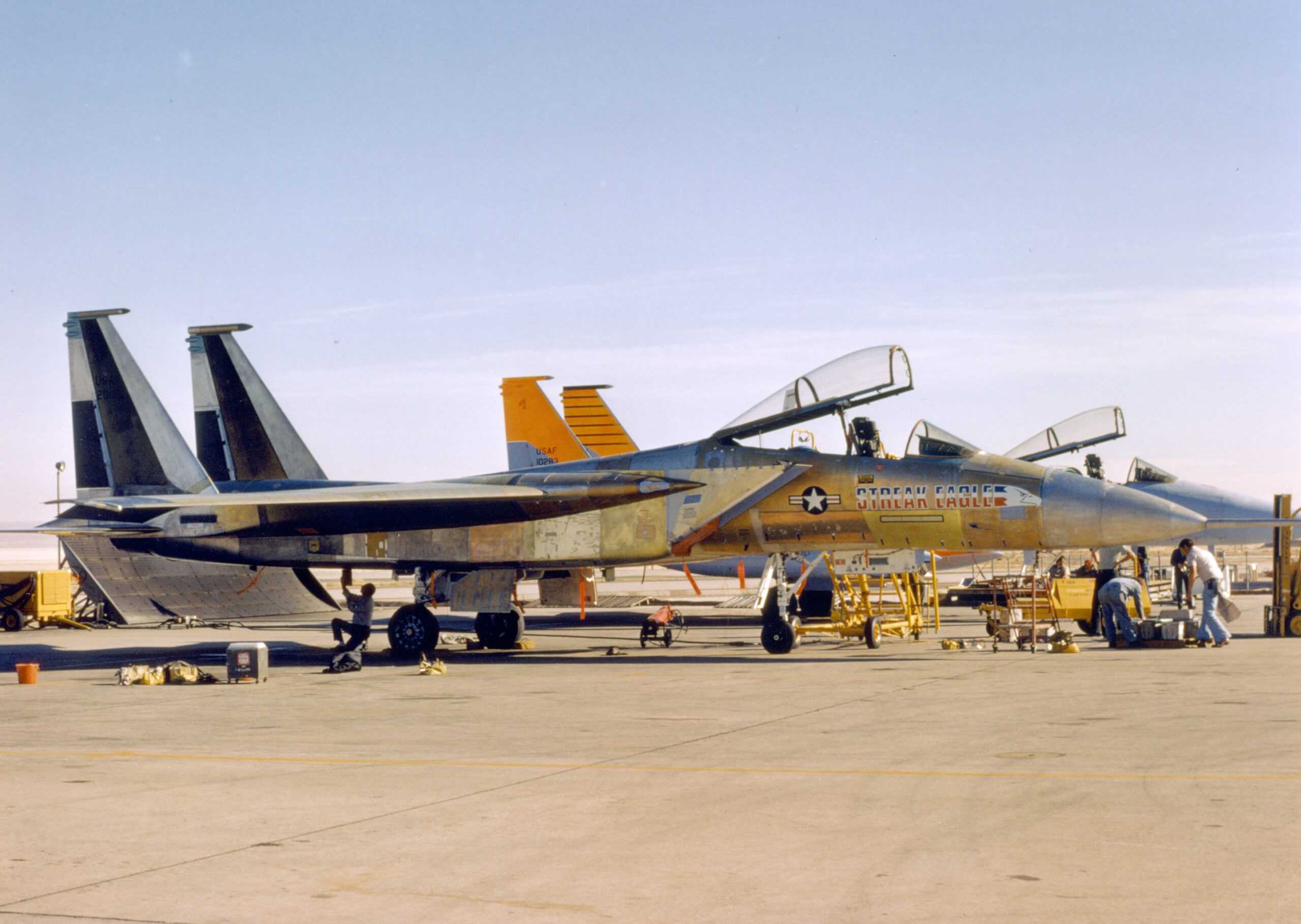
It’s no coincidence that the Streak Eagle grabbed records that had previously been set by the Soviet MiG-25 Foxbat. The threat posed by that aircraft was one of the main reasons behind the F-15’s development.
The MiG-25’s successor, the MiG-31 Foxhound, remains in large-scale Russian service today. Theoretically, it can attain a speed of Mach 2.83, and a cruising speed of Mach 2.35, although, during a parliamentary hearing in 2013, the then-Russian Air Force commander-in-chief Lt. Gen. Viktor Bondariev, said the Foxhound was now limited to Mach 1.5, due to restrictions on the cockpit canopy transparencies.

The former F-15E pilot we spoke to recalled that the ‘mud-moving’ Strike Eagle also had a Vmax switch when fitted with the F100-PW-220 motors, “But it came with a bunch of warnings about possibly damaging the engines. I never used it.”
Nevertheless, the existence of the Vmax switch suggests that it was at least theoretically possible for a standard legacy F-15 to push close to speeds of around Mach 2.5, if in a clean configuration. But the end result in terms of the wear and tear imposed on the airframe and engines — not to mention the pilot’s career prospects — meant that switch was hardly, if ever engaged by operational pilots.
All in all, the increased power offered by the F-15EX’s engines means that the aircraft’s high-speed performance has kept pace with the growth of the fighter as well as its much-expanded store options compared with the 1980s-era F-15C.
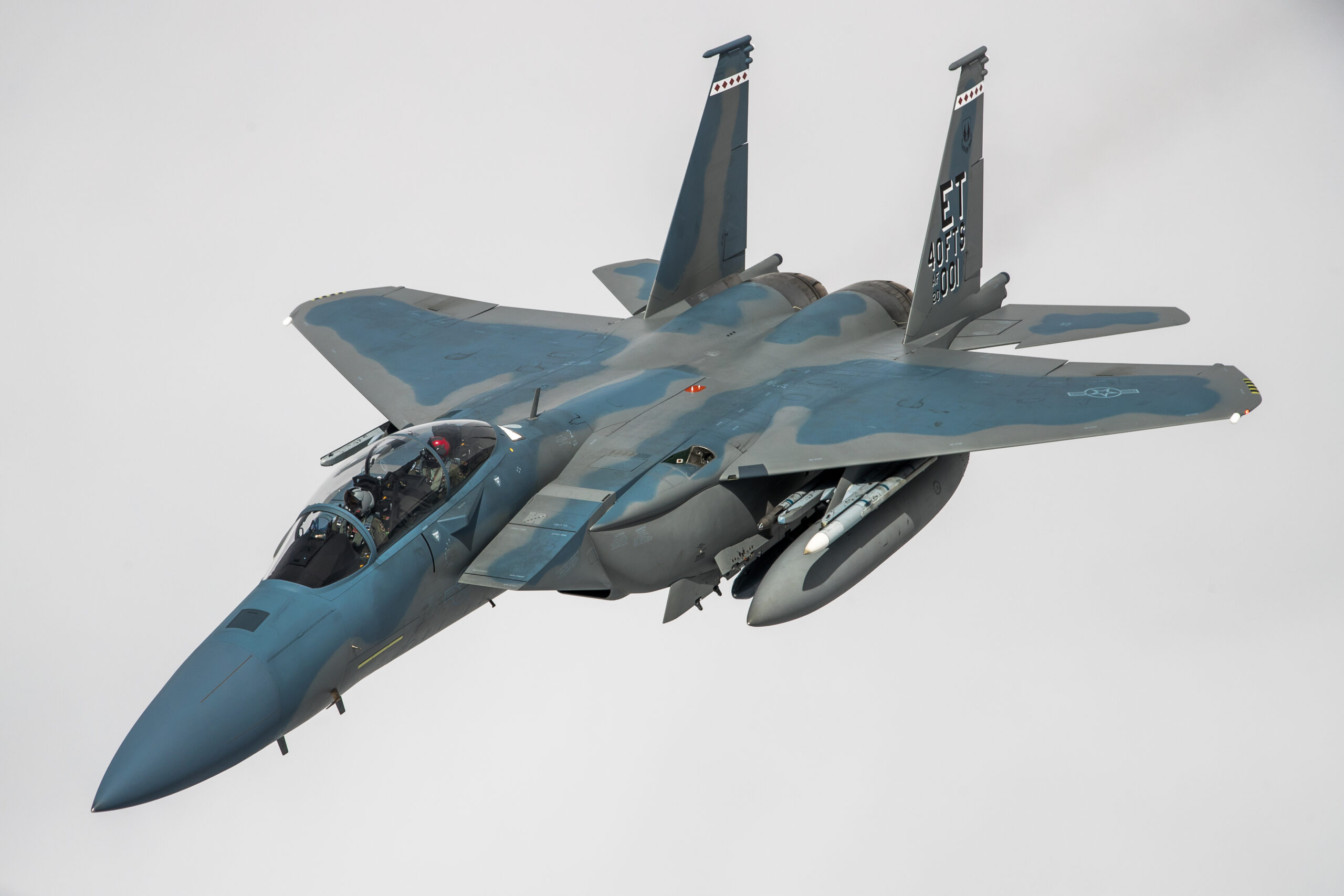
Those stores also impose limits on the speed of the F-15EX, not only in terms of the weight and drag that they bring but also due to their own tolerances, especially in terms of kinetic heating.
As Boeing’s Novotny told Aviation Week last week, “That will be the limiting factor on this plane: the stores speed limitation, not the plane itself.”
Speed is just one facet of what the F-15EX offers its customers, as Boeing was quick to point out in a statement to The War Zone:
“I would say the advantages are with all of the power and weapons stations that we have on this airplane,” a Boeing spokesperson told us. “We can bring the warfighter and the regional commanders a vast portfolio of weapons carriage potential that can meet the commanders’ goals. We’re not limited by internal carriage and, coupled with our flight performance, we’re able to carry new and emerging external weapons, which will be critical to the modern battlefield.”
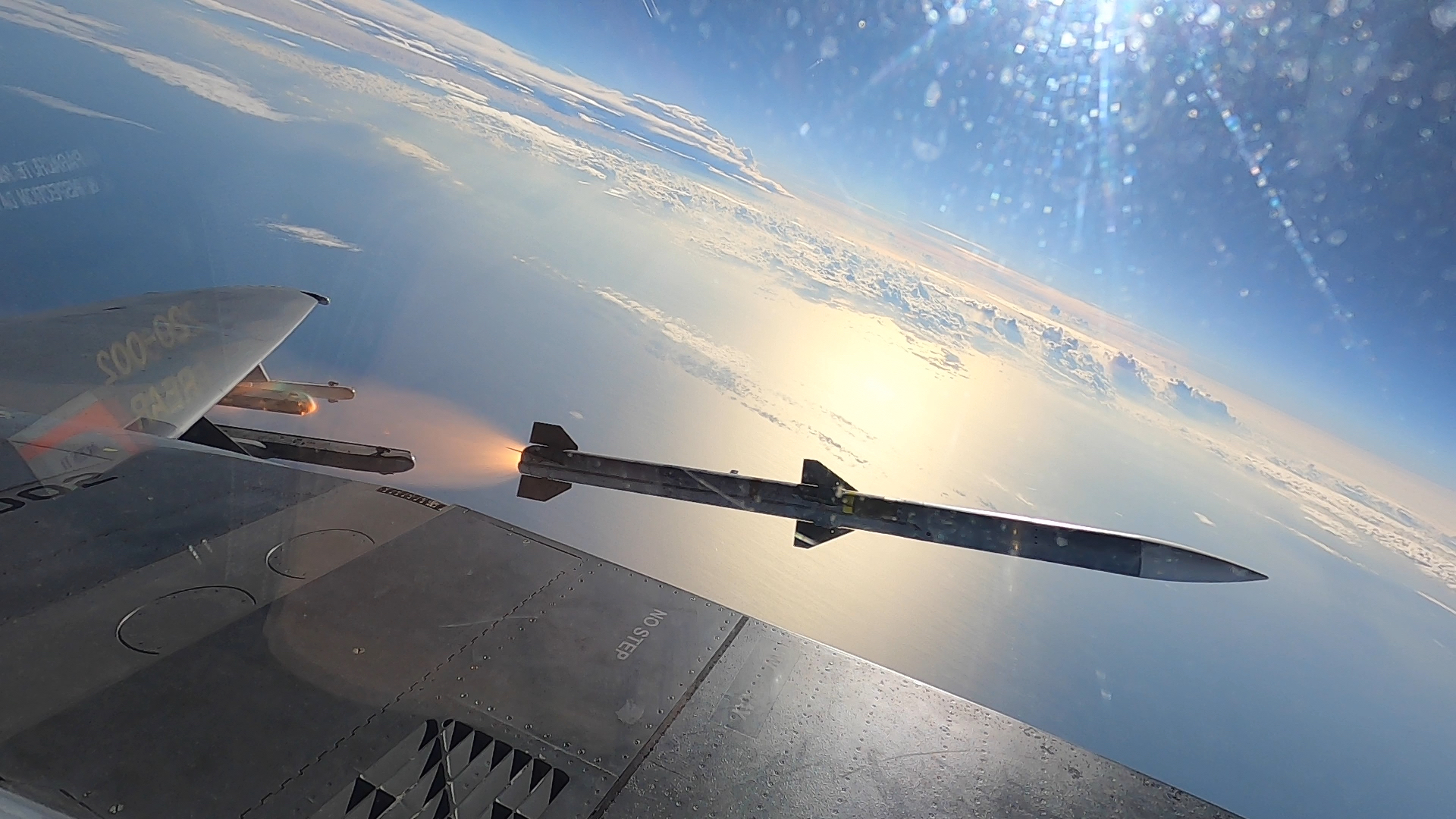
As a non-stealthy platform, the F-15EX’s expanded external weapons carriage is central to its capabilities. However, Air Force and Boeing officials alike have so far remained fairly coy about exactly what kinds of “new and emerging” weapons the F-15EX is likely to carry.
In the past, Lt. Gen. David S. Nahom, the Air Force’s deputy chief of staff for plans and programs, talked about the F-15EX’s “ability to carry some outsize weapons that you [wouldn’t] necessarily put internal into a fifth-gen airplane.”
There have been other hints, as well, that the Air Force is looking to exploit the F-15EX’s potential to carry large air-to-air weapons, or larger air-to-ground weapons, including hypersonic ones, that wouldn’t fit in the internal weapons bays or even the external pylons of stealth fighters like the F-35A.
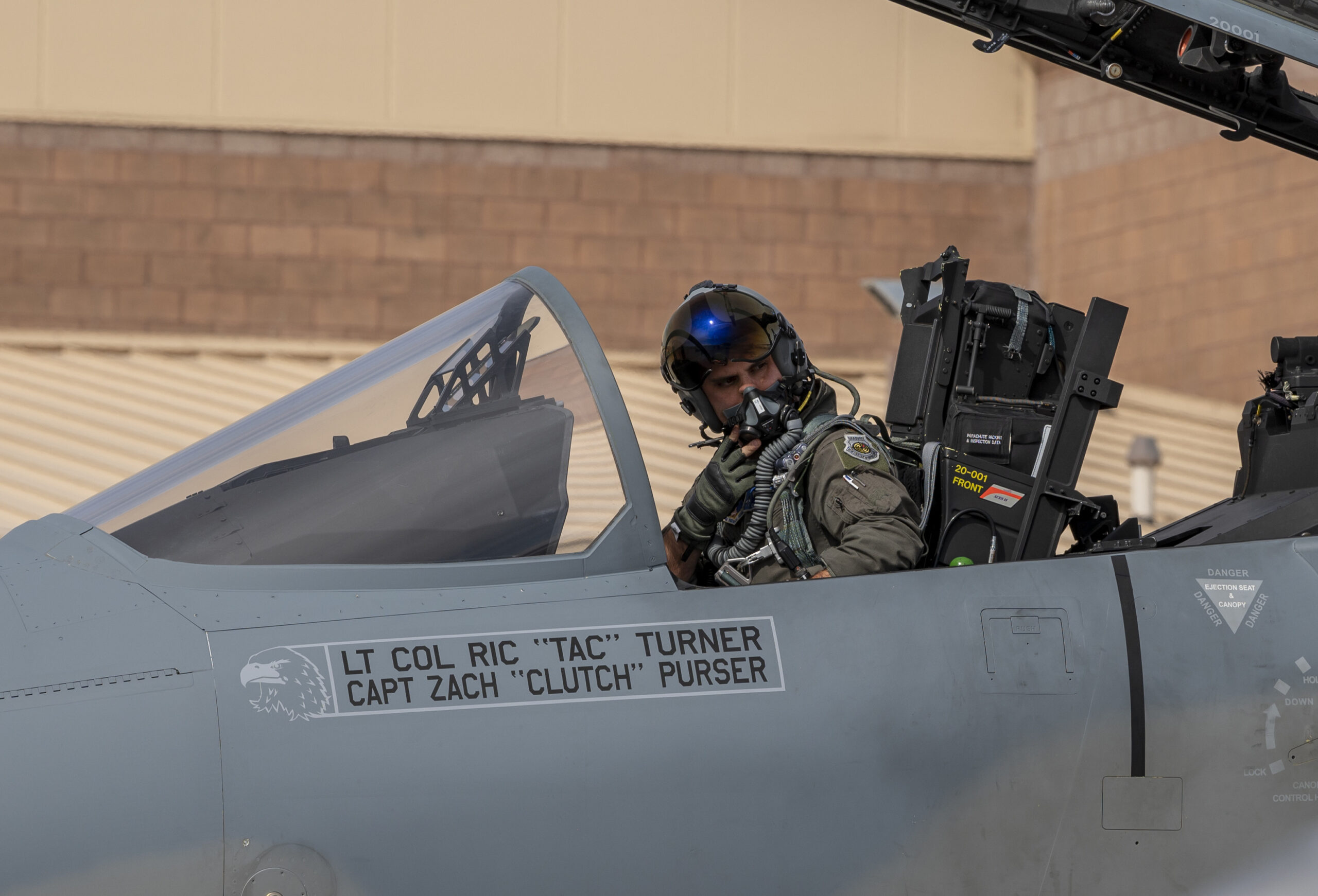
The Air Force has specifically pointed to an unnamed “outsize … air-to-air” weapon, which will be able to be carried by the F-15EX. The relationship between this weapon and the Long Range Engagement Weapon, or LREW, is unclear, but the latter program was announced some years ago, after which it seemingly disappeared — at least in the public domain.

It’s also worth bearing in mind that the ability of the F-15EX to regularly operate at high speed across different parts of its envelope will be a notable advantage when it comes to launching any kind of weapon. That applies to the current AIM-120 AMRAAM, and the forthcoming AIM-260, which is assumed to be scaled to similar dimensions as the AMRAAM. Launching these weapons and others from a fast-moving platform like the F-15EX accordingly provides a performance boost for the missiles, extending their potential range and kill probability.
When it comes to launching a very long-range air-to-air missile, the high-speed abilities of the F-15EX, should also be beneficial.
We have speculated in the past how the F-15EX could fill an important niche by lobbing long-range missiles from a position of relative safety well behind a flight of stealth fighters which could in turn provide targeting for these weapons via datalink. The need for a long-reaching air-to-air weapon in this class has been amplified by Chinese and Russian developments in this same field, but U.S. activities remain a closely guarded secret.
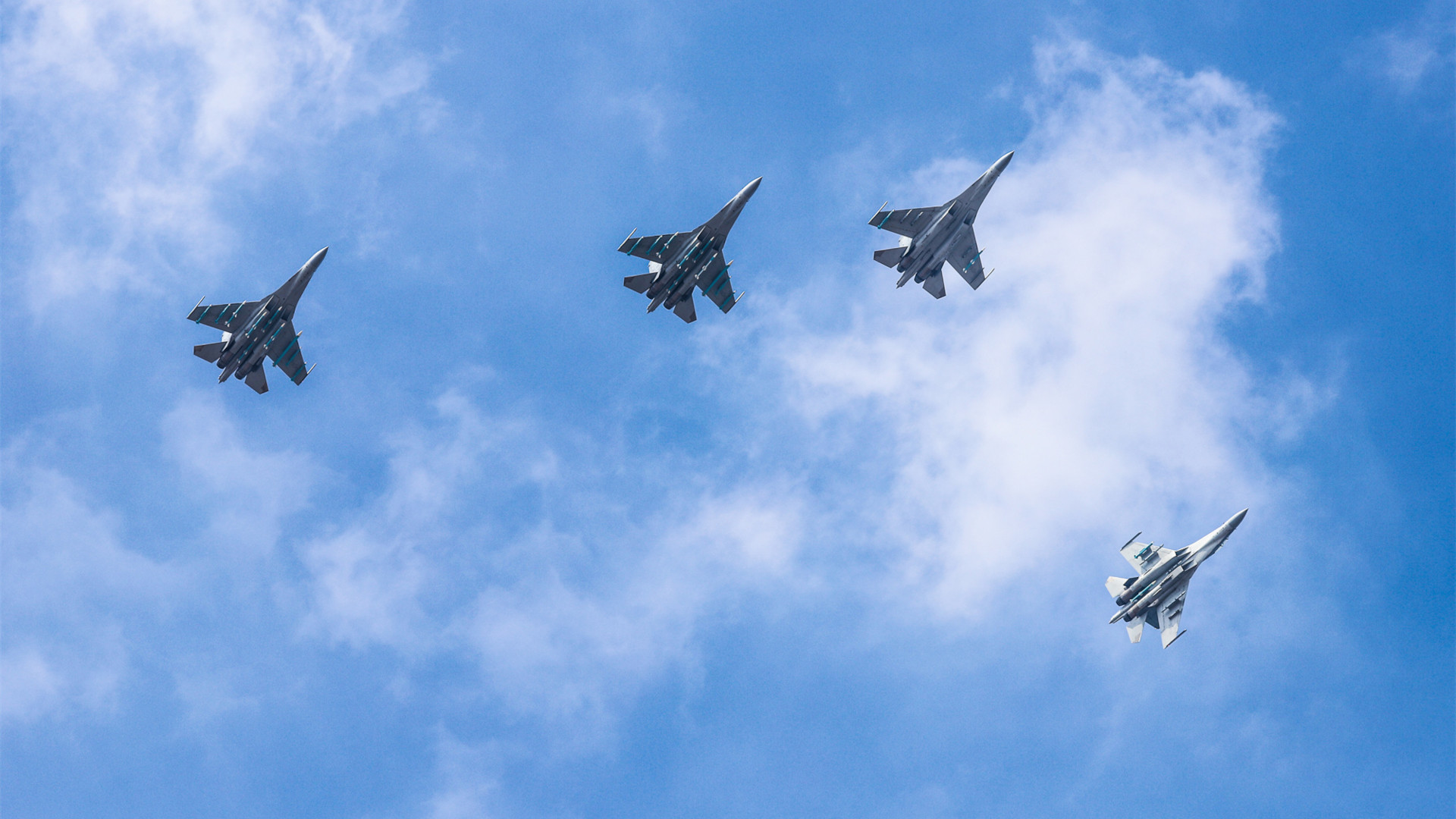
As we have previously reported, the Air Force has confirmed that its planned F-15EX fleet currently stands at 104 aircraft. This total includes an additional 24 aircraft that were added to the Fiscal Year 2024 budget. There was some speculation as to where those 104 Eagle II aircraft will eventually be based, but we now know that Kingsley Field is out of the picture, while Kadena, on the Japanese island of Okinawa, appears to be in. This means F-15EXs will be stationed in Portland, Fresno, New Orleans, and Kadena. Training will now be colocated with the F-15E Strike Eagle schoolhouse.
As to whether the USAF will procure more F-15EXs, there seems to be the wish to do so, at least among some of the service’s top officials.
We will have to wait and see exactly what weapons the F-15EX eventually gets armed with on the front line beyond what it is already capable of carrying now. But there’s no doubt that a still very impressive top speed will be an important part of its capability set, although it will be a bit more modest than the Mach 3 number that was recently touted.
Contact the author: thomas@thewarzone.com
